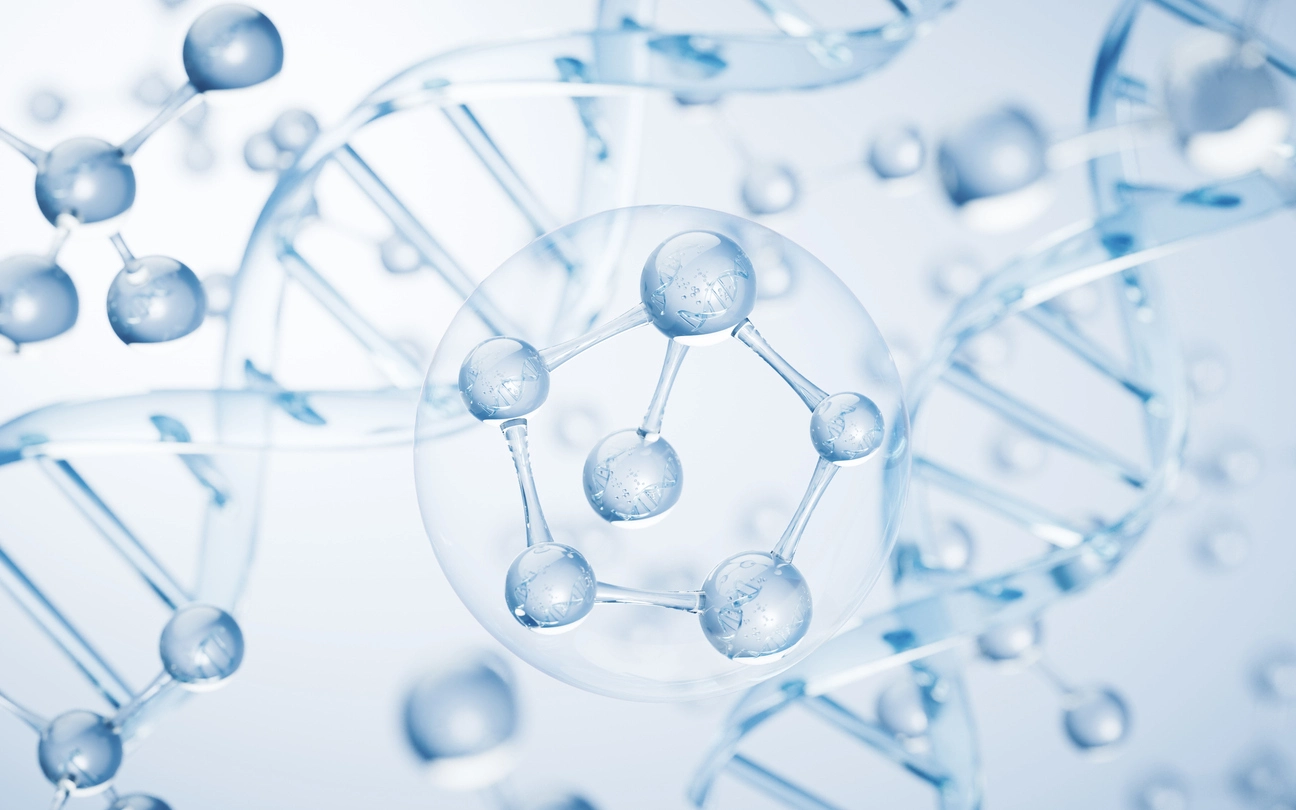
Types of Stem Cell Therapy
Jun 10, 2024Stem cells are characterized by their ability to differentiate into various cell types while retaining the capability to self-replicate and maintain the characteristics of the parent cells; this unique feature of stem cells highlights their central role in regenerative medicine and healing.
Stem cell therapy is an innovative regenerative treatment method that utilizes stem cells to regenerate injured cells and tissues or replace damaged cells with new ones. To better understand stem cell therapy’s potential and applications, it’s essential to first explore the different types of stem cells present in the human body.
Types of Stem Cells in the Human Body
There are three primary types of stem cells:
-
Embryonic Stem Cells
They are characterized as pluripotent in nature—capable of developing into the 200 or so specialized cells of the adult organism.
-
Adult Stem Cells
Exist within certain body tissues (for example, blood and bone marrow) and carry out repair and regenerative functions.
-
Induced Pluripotent Stem Cells (iPSCs)
They are Adult stem cells that have been genetically reprogrammed to behave like embryonic stem cells.
Types of Stem Cell Injections
Stem cells used or targeted by cell therapy can be grouped into three categories:
1. Pluripotent Stem Cells (PSC)
Pluripotent stem cells (PSCs) give rise to all cell types except extraembryonic placental cells. They include:
-
Embryonic Stem Cells (ESCs)
Found in the inner blastocyst cell mass of preimplantation embryos.
-
Epiblast Stem Cells (EpiSCs) and Embryonic Germ Cells (EGCs)
Found in postimplantation embryos.
-
Induced Pluripotent Stem Cells (iPSCs)
Derived from direct reprogramming of postnatal/adult somatic cells in vitro.
2. Adult Somatic Stem Cells (ASC)
Somatic or adult stem cells (ASCs) are rare, undifferentiated cells distributed among differentiated or specialized cells in the developed organism’s organs, ASCs are multipotent and can differentiate into a limited range of cell types related to their tissue of origin. ASCs include:
-
Hematopoietic Stem Cells (HSCs)
It is mostly found in the bone marrow and gives rise to all mature blood cells: red blood cells, white blood cells, and platelets.
-
Skin Stem Cells (SSCs)
Such as epidermal stem cells and hair follicle stem cells, which maintain skin integrity.
-
Neural Stem Cells (NSCs)
Self-renewable stem cells found in the central nervous system that can give rise to nerve cells, oligodendrocytes, and astrocytes.
-
Mesenchymal Stem Cells (MSCs)
They have mesodermal, non-hematopoietic origins and are present in multiple tissues, including bone marrow, adipose tissue, peripheral blood, and placenta. They can differentiate into:
- Bone
- Cartilage
- Fat cells
3. Cancer Stem Cells (CSC)
Cancer stem cells (CSCs), or tumor-initiating cells, are found within solid and blood tumors and originate from normal stem cells or progenitor cells by several proposed mechanisms, such as mutations, gene transfer, epigenetic alterations, and microenvironmental factors.
CSCs possess self-renewal, differentiation, metastasis, and immunosuppressive properties and play an important role in cancer growth, metastasis, relapse, and resistance to chemotherapy and radiotherapy.
The clinical use of CSCs is generally seen in cancer settings. It involves targeting CSCs with different methods to prevent cancer growth and relapse.
How Stem Cell Therapy Works
Stem cell therapy in Dubai leverages several mechanisms to contribute to tissue repair and regeneration:
-
Differentiation
Stem cells have the extraordinary ability to differentiate into various cell types, such as muscle cells, nerve cells, and blood cells; this allows them to replace damaged or lost cells and contribute to tissue repair and regeneration. By transforming into the specific cell types needed, stem cells can effectively repair tissues and restore normal function.
-
Paracrine Signaling
Stem cells can secrete various signaling molecules, such as growth factors and cytokines, which promote tissue growth and repair. These molecules also modulate the immune response and reduce inflammation. Through paracrine signaling, stem cells can enhance the body’s natural healing processes and support the regeneration of damaged tissues.
-
Immune Modulation
Stem cells can interact with immune cells and secrete anti-inflammatory molecules, helping to modulate the immune response. This interaction reduces inflammation and promotes tissue repair and regeneration. By creating a more favorable environment for healing, stem cells can aid in recovery from various injuries and conditions.
-
Homing and Engraftment
Stem cells have the ability to migrate to sites of tissue damage or injury, where they can engraft and contribute to tissue repair and regeneration. This homing ability ensures that stem cells reach the areas where they are needed most, enhancing their therapeutic potential.
Stem Cell Therapy at AEON Clinic
Stem cell therapy harnesses the strength of regenerative medicine, repairing damaged cells in the body and alleviating inflammation while modulating the immune system. This advanced treatment is effective for a range of chronic medical conditions, including orthopedic, neurological, and autoimmune diseases.
In recent times, stem cell therapy has also gained popularity in the world of aesthetics for its ability to diminish signs of aging, resulting in more vibrant and glowing skin. Many individuals seek stem cell therapy in Dubai, particularly for facial treatments, to rejuvenate their skin and reduce the appearance of aging.
At AEON Clinic, a premier longevity clinic in Dubai, we offer stem cell therapy under the supervision of highly experienced doctors. Our state-of-the-art facility ensures that patients receive the highest standard of care. Book your appointment now to experience the transformative benefits of stem cell therapy.






 +971 4 518 5777
+971 4 518 5777